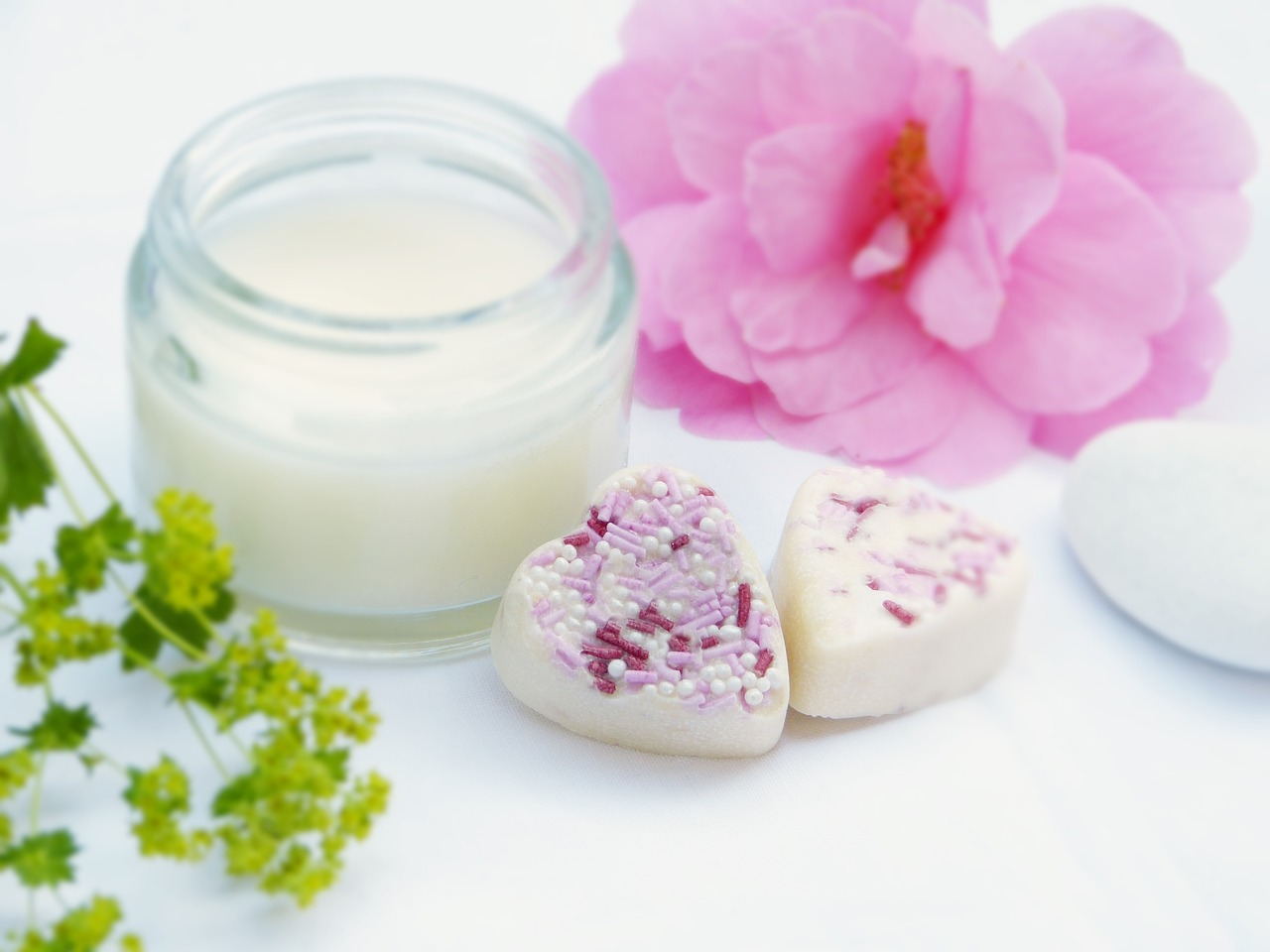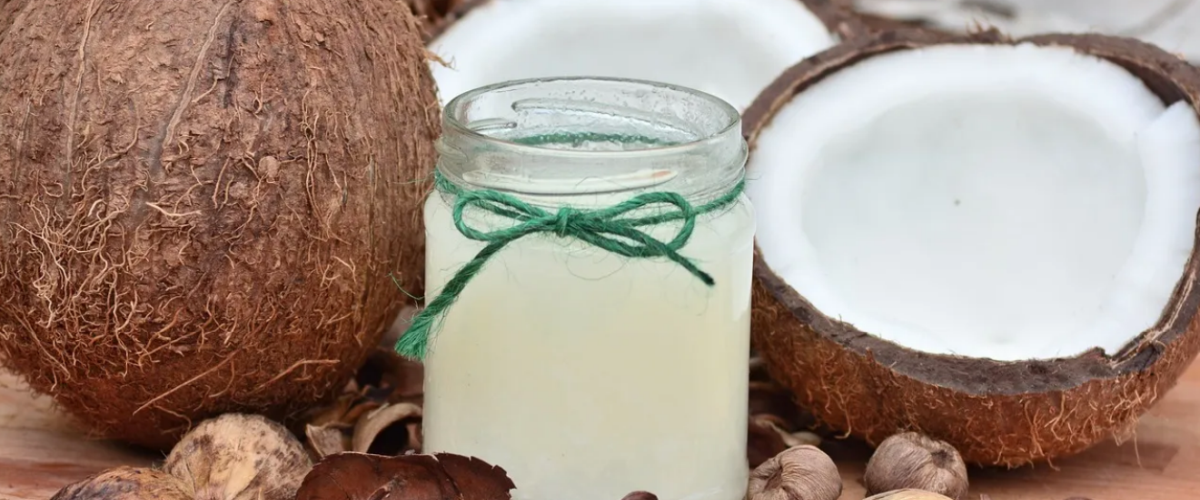Lauric acid is a compound provided by nature that fights harmful microorganisms and is found in various natural sources, the best of which is coconut oil. It is able to penetrate the lipid membranes of bacteria, viruses and fungi and disrupt their structure and function, making it an effective antibacterial agent. Additionally, it has a variety of other health benefits, including boosting the immune system, providing energy, improving heart health, and aiding in skin care. Including lauric acid-rich foods or supplements in our diet can provide us with necessary defenses against harmful pathogens and promote overall health.
Lauric acid belongs to a class of organic compounds called medium-chain fatty acids (MCFA), specifically classified as saturated fats. Found in a variety of natural sources, the best source being coconut, it is also found in small amounts in some other animal fats. Due to its unique properties, lauric acid has gained widespread attention and recognition for its numerous health benefits.

Chemically speaking, lauric acid is composed of 12 carbon atoms and is a saturated fat. Saturated fat is an essential nutrient that plays a variety of important physiological functions in the human body. Can provide the body with a lasting source of energy. In addition, saturated fat can help maintain cell integrity and stability and promote normal cell function.
Lauric acid is known for its antibacterial, antimicrobial and antiviral properties, making it an important ingredient in many skin care products and pharmaceutical preparations. This fatty acid is also a key ingredient in some foods and dietary supplements.
1. Strengthen the immune system
Lauric acid has powerful antibacterial and antifungal properties, making it an effective defender against harmful pathogens. When consumed, lauric acid is converted into monolaurin, an immune system-boosting compound, making it highly effective against viruses, bacteria, and even some fungi. Its ability to disrupt the integrity of bacterial cell membranes can help prevent infections, and by adding lauric acid-rich foods, such as coconut oil, to your diet, you can help strengthen your immune system and reduce your risk of getting sick.
2. Heart health
Although lauric acid is a saturated fat, lauric acid has been found to improve heart health by increasing levels of high-density lipoprotein (HDL) cholesterol, often called "good" cholesterol. This cholesterol is essential for maintaining cardiovascular health and reducing the risk of heart disease. Elevated LDL cholesterol is associated with increased risk of heart disease, while HDL cholesterol helps promote cardiovascular health. Lauric acid plays a role in promoting heart health by increasing good cholesterol (HDL) levels and lowering bad cholesterol (LDL) levels. Lauric acid's ability to balance cholesterol levels contributes to a healthier heart and reduces the likelihood of heart-related complications.
3. Skin and hair health
Lauric acid has been shown to be effective in treating a variety of skin problems, including acne, eczema, and psoriasis. Its antibacterial properties help fight bacterial growth on the skin, reduce inflammation and promote rapid healing. Additionally, the nourishing and moisturizing effects of lauric acid help make hair healthier and more vibrant.
4. Natural food preservatives
As a saturated fat, lauric acid is insoluble in water and shelf-stable. Lauric acid acts as a powerful barrier against harmful bacteria, viruses, and fungi. By inhibiting their growth and reproduction, lauric acid effectively prevents food spoilage.
The use of lauric acid as a natural preservative is not limited to the food industry. It is also used in various personal care products such as cosmetics and soaps. Its antibacterial properties make it an effective ingredient in maintaining the quality and freshness of these products. Additionally, the mild nature of lauric acid ensures that it does not irritate the skin, making it suitable for use in skin care formulations.
1. Coconut oil
Coconut oil is known for its high lauric acid content, making it one of the most popular sources of this beneficial fatty acid. Lauric acid accounts for nearly 50% of the total fatty acid content in coconut oil. In addition to its unique taste and aroma, coconut oil has many health benefits. Studies show that lauric acid can help increase HDL (good) cholesterol levels while lowering LDL (bad) cholesterol levels. It can also aid weight loss by boosting metabolism and promoting feelings of fullness.
2. Palm kernel oil
Similar to coconut oil, palm kernel oil is another excellent source of lauric acid. This oil is extracted from the palm kernel, not the palm fruit itself. Although palm kernel oil has a milder flavor than coconut oil, it still contains lauric acid. Due to the environmental concerns of palm oil production, it is crucial to choose sustainable and certified sources.
3. Dairy products
Dairy products such as cheese, milk, yogurt, and butter are also natural sources of lauric acid. Although it may not be as concentrated as coconut or palm kernel oil, including dairy products in your diet can still help you consume this beneficial fatty acid. Choose organic and full-fat dairy products to maximize lauric acid content.
4. Other sources
In addition to the above sources, some animal fats, such as beef and pork, contain small amounts of lauric acid. It is also found in some vegetable oils, such as sunflower and safflower oil, although in smaller amounts. However, it's worth noting that while these sources contain lauric acid, they may also contain higher levels of other types of fatty acids and should be consumed in moderation for a healthy diet.
Learn about coconut acid
Coco acid, also commonly known as coconut oil fatty acid, is a general term used to describe the mixture of fatty acids obtained from coconut oil. These fatty acids include lauric acid, myristic acid, caprylic acid, and capric acid, among others. It is worth noting that the composition of these fatty acids may vary depending on the source and the processing methods involved.
Lauric acid: main ingredient
Lauric acid is the main fatty acid in coconut oil, accounting for approximately 45-52% of its composition. This medium-chain fatty acid has numerous health benefits and has attracted considerable attention from researchers and health enthusiasts.
Are coconut acid and lauric acid the same?
Simply put, coconut acid is not the same as lauric acid. While lauric acid is a component of coconut acid, the latter encompasses a wider range of fatty acids obtained from coconut oil. This blend includes a variety of other fatty acids, such as myristic acid, caprylic acid, and capric acid, each with its own unique properties and benefits.
Q: What is lauric acid?
A: Lauric acid is a type of fatty acid that is commonly found in coconut oil and palm kernel oil. It is known for its antimicrobial properties and is often used as a natural remedy against harmful microorganisms.
Q: Are there any other benefits of lauric acid?
A: Apart from its antimicrobial properties, lauric acid is also believed to have anti-inflammatory and antioxidant effects. It may have potential benefits for heart health, weight management, and improved digestion. However, more research is required to fully understand these potential benefits.
Disclaimer: This blog post serves as general information and should not be construed as medical advice. Always consult a health care professional before using any supplements or making changes to your health care regimen.
Post time: Sep-25-2023






